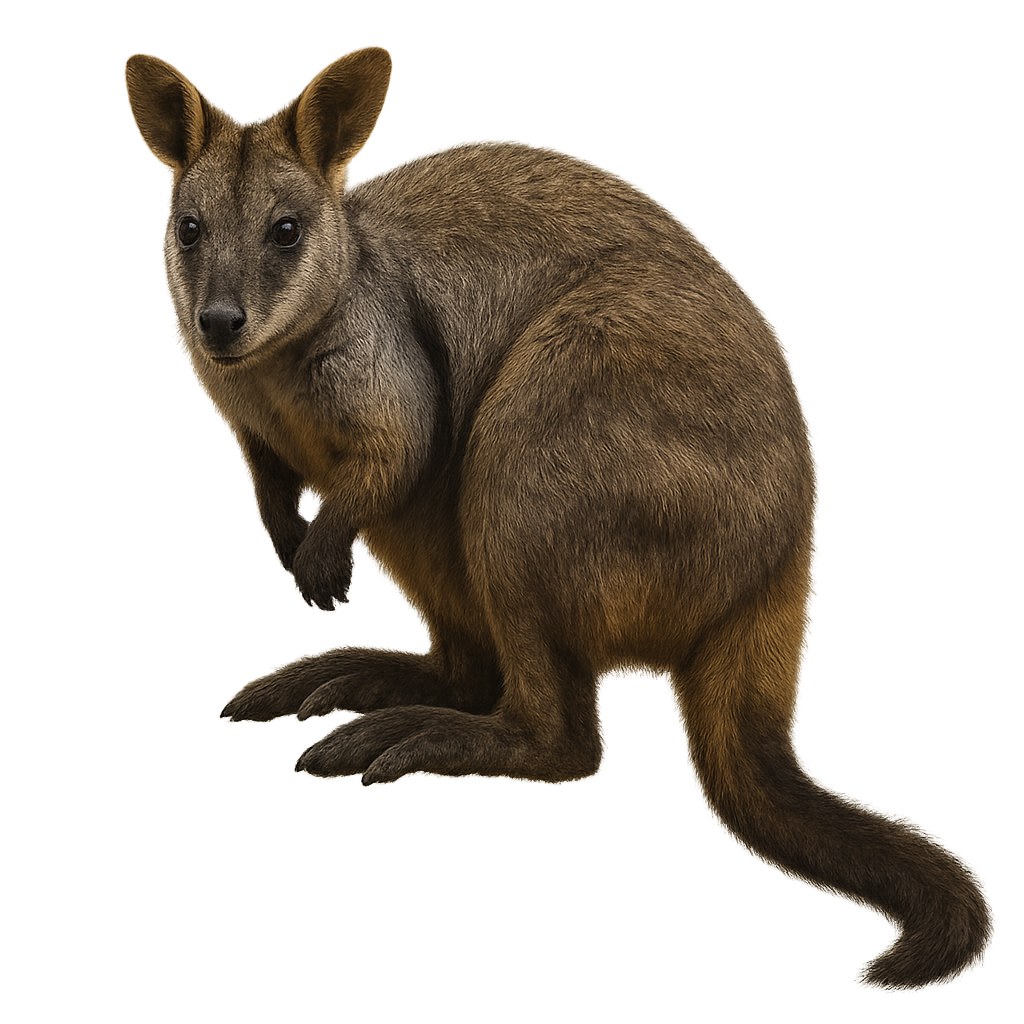Your wildlife photography guide.
Explore the brush-tailed rock-wallaby in detail, study its behavior, prepare your shots.
Where to observe and photograph the brush-tailed rock-wallaby in the wild
Learn where and when to spot the brush-tailed rock-wallaby in the wild, how to identify the species based on distinctive features, and what natural environments it inhabits. The WildlifePhotographer app offers tailored photography tips that reflect the brush-tailed rock-wallaby’s behavior, helping you capture better wildlife images. Explore the full species profile for key information including description, habitat, active periods, and approach techniques.
Brush-tailed Rock-wallaby
Scientific name: Petrogale penicillata

IUCN Status: Near Threatened
Family: MACROPODIDAE
Group: Mammals
Sensitivity to human approach: Suspicious
Minimum approach distance: 10 m
Rut period: February to May
Gestation: 30-34 jours
Births: March to June
Habitat:
Rocky regions, cliffs, dry forests
Activity period :
Mainly active at night, generally discreet during the day.
Identification and description:
The Petrogale penicillata, commonly known as the brush-tailed rock-wallaby, is a medium-sized marsupial distinguished by its long, bushy tail resembling a brush. Native to Australia, it primarily inhabits rocky and rugged regions where it can move with agility thanks to its powerful legs and sharp claws. Its fur is generally gray-brown with lighter shades on the belly, allowing it to blend into its surroundings. This wallaby is mainly nocturnal, resting in crevices during the day. Unfortunately, it is threatened by habitat loss and predation by introduced species.
Recommended lens:
400 mm – adjust based on distance, desired framing (portrait or habitat), and approach conditions.
Photography tips:
To photograph the brush-tailed rock-wallaby, it is advisable to use a telephoto lens of at least 400mm to capture detailed images from a distance without disturbing it. Look for rocky areas where they are active at dusk or dawn. Be patient and discreet, as these animals are suspicious. Use a tripod to stabilize your camera in low-light conditions and adjust ISO settings to avoid blur.
The WildlifePhotographer App is coming soon!
Be the first to explore the best nature spots, track rutting seasons, log your observations, and observe more wildlife.
Already 1 431 wildlife lovers subscribed worldwide

